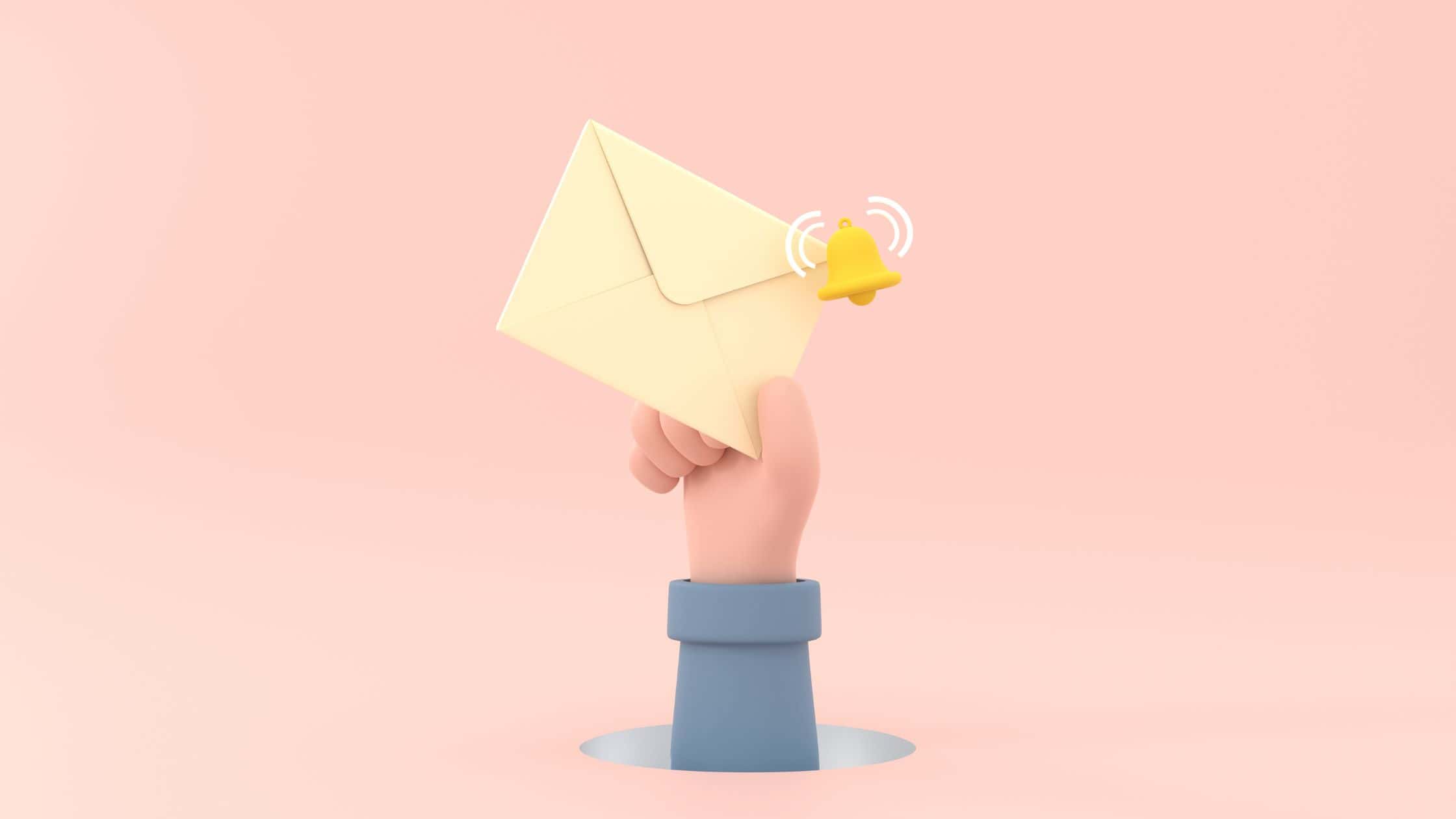A cluttered inbox can significantly hinder productivity and focus. Professionals often find themselves drowning in emails, leading to missed opportunities and increased stress. To help you tackle this challenge, we’ve compiled 20 actionable tips for organizing your inbox, ensuring you stay on top of your game.
1. Establish Regular Cleaning Sessions
Set aside time each week to clean your inbox. Regular maintenance prevents buildup and keeps your email manageable.
2. Utilize Folders and Labels
Create specific folders or labels for different categories, such as clients, projects, personal, etc. This makes finding emails easier.
3. Implement the 2-Minute Rule
If you can respond to an email in under two minutes, do it immediately. This prevents unnecessary accumulation.
4. Unsubscribe from Unnecessary Newsletters
Regularly review and unsubscribe from newsletters that no longer serve your interests or needs.
5. Use Email Filters
Set up filters to automatically sort incoming emails into appropriate folders, keeping your main inbox less cluttered.
6. Prioritize Your Emails
Flag or star important emails. This helps in identifying priority messages at a glance.
7. Adopt a Clear Subject Line Practice
Use clear, descriptive subject lines for easy searching and recognition.
8. Practice Email Batching
Designate specific times for checking and responding to emails. Avoid constant inbox monitoring.
9. Archive Religiously
Don’t let old emails clog your inbox. Archive them once they’re no longer immediately needed.
10. Keep Your Inbox Lean
Aim for ‘Inbox Zero’ where possible. This doesn’t mean you’ve answered everything, but that you’ve sorted each email.
11. Embrace Email Snooze
Use the snooze feature for emails that don’t require immediate attention but need to be addressed later.
12. Reduce Email Threads
Avoid unnecessary back-and-forth. Be concise and clear in your communication to reduce the number of responses.
13. Set Email Boundaries
Inform your contacts of your email checking times. This manages expectations regarding your response time.
14. Utilize Email Templates
For common responses, create templates to save time and maintain consistency.
15. Regularly Update Your Contacts
Keep your contact list current. This helps in efficient email sorting and prevents confusion.
16. Avoid Email Overload
Limit the number of emails you send. More sent emails typically mean more received emails.
17. Leverage Task Management Tools
Use project management tools instead of long email threads for complex discussions or tasks.
18. Keep a Clean Inbox Aesthetically
A visually organized inbox can enhance your sense of control and focus.
19. Educate Yourself on Advanced Email Tools
Stay updated on new email management features and tools that can enhance productivity.
20. Reflect and Revise Your Strategy
Regularly assess your email management strategy and make adjustments as needed.
Effective email management is crucial for maintaining productivity and focus in a professional setting. By implementing these 20 tips, you can transform your inbox into a tool that serves your goals rather than a source of endless distraction. Remember, the key is consistency and continuous improvement. Happy organizing!


